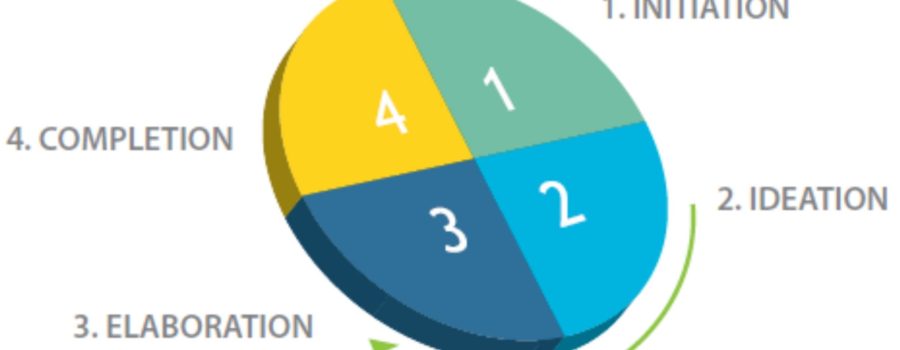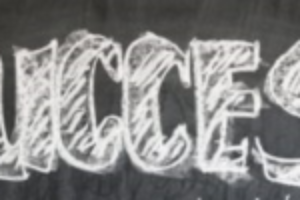I recently facilitated an executive team offsite with a major client. What continues to strike me is that leaders of all types don’t struggle with the technical aspects of their jobs. However, they often to have opportunities for improvement on the people / EQ side of the equation.
Part of this includes seeing how the pieces of their team fit together in the Team Work Cycle.
Teams move through different phases of the Team Work Cycle as they try to accomplish a task or solve a problem.
The phases of teamwork require equal amounts of time and energy for any given task. Ideally, each task proceeds sequentially through the phases without skipping phases or backtracking.
If any phase is given less focus than another, the desired end results might be jeopardized.
Here are the 4 phases of the Team Work Cycle:
1) Initiation
- Defines the Task
- Identifies and recruit resources
- Finds ways for all to contribute
- Encourages sharing of ideas, talents, experiences and expertise
- Facilitates positive, collaborative work environment
2) Ideation
- Generates alternative approaches
- Finds novel solutions
- Reviews useful experiences
- Sees possibilities
- Stimulates creativity
3) Elaboration
- Develops plans, budgets, timelines, flow charts, etc.
- Shapes ideas into concrete structures
- In touch with realities of the task
- Develops work plans utilizing people’s strengths, talents and experience
4) Completion
- Follows through
- Patience and persistence
- Conscientious
- Keeps team on track
We lay out a grid in the shape of a big cross, with the four phases identified in each of the four boxes. Then we ask the participants to move to the area that best describes them.
This is the Team’s default position and it is a visual depiction of what balance or possible imbalance of the four phases may be present. Remember, each task proceeds sequentially through the phases without skipping phases or backtracking.
Imagine what it would be like if our team consisted of all Initiators or Ideators? How about if it were all Elaborators or Implementors? This leads to a discussion of how each area contributes to the team success or lack of it. Then like human chess pieces, we remote the players to new areas of the cycle to explore team dynamics and possible synergies or lack thereof.
What is revealing are the answers to these questions:
1) What roles are present?
2) What roles are missing?
3) Who plays what role on the team?
4) How do their DiSC profiles relate to the Work Cycle?
5) What modifications to the team structure might be suggested?
The great benefit of acknowledging and following the Team Work Cycle is Trust. At times leaders may not even be aware that there is a trust issue with components of their work cycle until after this exercise.
Understanding individual strengths and playing to those strengths is an incredibly validating experience for all involved. From our recent offsite, leaders immediately recognized imbalances with thier teams and are creating action plans to unlock productivity.
Happy cycling…. For additional leadership content click here




